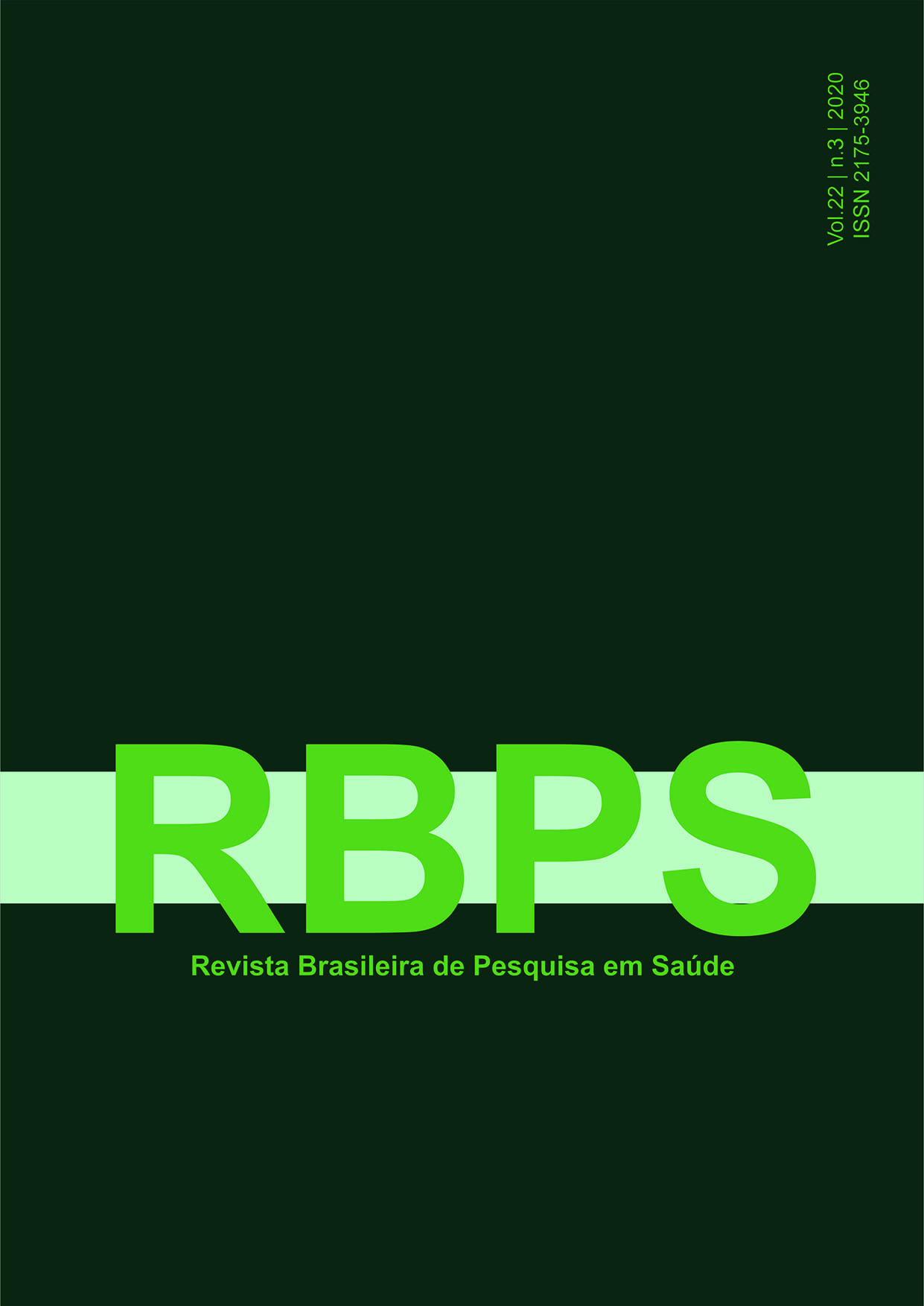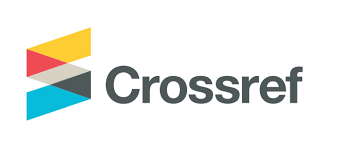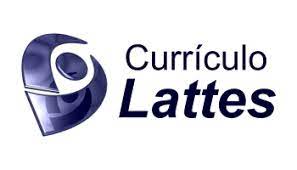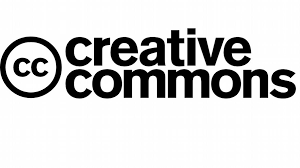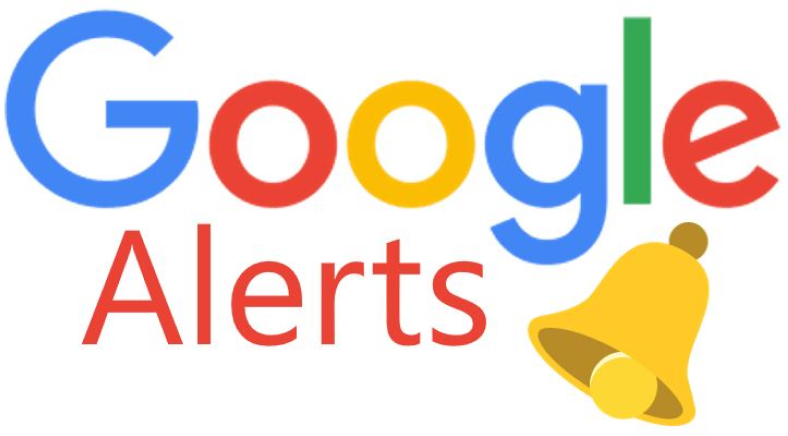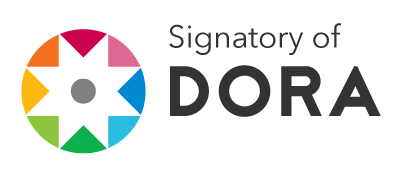Clinical-epidemiological profile of drug intoxication in children
DOI:
https://doi.org/10.47456/rbps.v22i3.27642Keywords:
Exogenous Intoxication, Drugs, Child, Descriptive EpidemiologyAbstract
Introduction: Childhood poisoning is a common and preventable cause of morbidity and mortality in several countries. The significant increase in the incidence of cases associated with risks makes this disease very relevant in this age group. Objective: to describe the clinical-epidemiological profile of reported cases of drug intoxication in children. Methods: Observational and descriptive study with secondary data obtained from records of drug intoxications in680 children from zero to 12 years of age, in the National Health Surveillance System/Sinavisa, between 2012 and 2016. Data analysis was performed in IBM® SPSS Statistics®. Results: Children had a mean age of 2.9 years (standard deviation ± 2.3 years) and 50.1% were female. The events occurred mainly at home (95.4%), urban area (99.5%), through the digestive route (96.1%), accidentally (77.2%) and involving single acute exposure (99.6%). The average time between exposure and care was 8.1 hours. Care predominantly took place in a hospital (53.8%), in a public service (80.4%) and without hospitalization (71.9%). All intoxications were confirmed by clinical criteria. Most cases were of mild intensity (60.9%) and 98.7% evolved to cure. A variety of medicines resulted in intoxications (n=193), mainly drugs that act in the Central Nervous System. Conclusion: Drug intoxication in children predominantly happens in early childhood, due to domestic accidents, involving oral drugs, of the acute single type, and most of them evolve to cure. The care was predominantly hospital and in public units, and hospitalization was not necessary in most cases.
Downloads
References
2. Siqueira KM, Brandão JR, Lima HF, Garcia ACA, Gratone FM, Brasileiro MSE. Perfil das intoxicações exógenas infantis atendidas em um hospital especializado da rede pública de Goiânia-GO. Rev Eletr Enf. 2008; 10(3):662–72.
3. Santos CC. A criança em situação de perigo: intoxicação exógena. 2013. Atualiza Cursos, 2013. Disponível em: <http://bibliotecaatualiza.com.br/arquivotcc/EE/EE14/SANTOS-carole.pdf>.Acessado em: 15 jul. 2018.
4. Azab SMS, Hirshonb JM, Hayes BD, El Setouhy M, Smith GS, SakrML, et al. Epidemiology of acute poisoning in children presenting to the poisoning treatment center at Ain Shams University in Cairo, Egypt, 2009–2013. Clin Toxicol (Phila). 2016;54(1):20-6.
5. Domingos SM, Borghesan NBA, Merino MFGL, Higarashi IH. Internações por intoxicação de crianças de zero a 14 anos em hospital de ensino no Sul do Brasil, 2006-2011. Epidemiol Serv Saúde. 2016;25(2):343-50.
6. Paiva DV, Martins G,Molina N ,Paula C, Uzam P. Impacto dos medicamentos nas intoxicações em crianças. Rev Ibirapuera, 2017;13:8–16.
7. Anvisa. Agência Nacional de Vigilância Sanitária. O que devemos saber sobre os medicamentos (Versão 1.1). 2010. Disponível em: <http://portal.anvisa.gov.br/resultado-de-busca?p_p_id=101&p_p_lifecycle=0&p_p_state=maximized&p_p_mode=view&p_p_col_id=column-1&p_p_col_count=1&_101_struts_action=%2Fasset_publisher%2Fview_content&_101_assetEntryId=359330&_101_type=document>. Acessado em: 20 jan. 2018.
8. Ministério da Saúde, Fiocruz, Sinitox. Dados de intoxicação. Brasil. 2016. Disponível em: <https://sinitox.icict.fiocruz.br/dados-nacionais>. Acessado em: 26 maio 2018.
9. Mota CJ, Xavier RHM. Sistema de informação para vigilância de riscos associados a eventos toxicológicos. Goiânia: Governo do Estado de Goiás, Secretaria de Estado da Saúde. Convênio de Cooperação Técnica entre a Secretaria de Estado da Saúde e Agence de la Santé et dês Services Sociaux de Outaouais Quebec-Canadá, 2008. 40 p.
10. IBGE. População estimada em Goiânia, Goiás. Disponível em: <https://cidades.ibge.gov.br/brasil/go/goiânia/panorama>. Acessado em: 15 maio. 2017.
11. Brasil. Lei no 8.069, de 13 de julho de 1990. Dispõe sobre o Estatuto da Criança e do Adolescente e dá outras providências. Disponível em: <http://www.planalto.gov.br/ccivil_03/leis/L8069Compilado.htm>. Acessado em: 15 fev. 2018.
12. Bricks LF. Uso judicioso de medicamentos em crianças. J Pediatr. 2003;79(Supl. 1):S107-114.
13. Woo JH, Ryoo E. Poisoning in Korean children and adolescents. Pediatric Gastroenterol Hepatol Nutr, 2013;16(4):233.
14. Bacha T, Tilahun B. A cross-sectional study of children with acute poisoning: a three-year retrospective analysis. World J Emerg Med.2015;6(4):265-9.
15. Hahn A, Begemann K, Stürer A. Cases of poisoning in Germany. Disease entity, documentation, and aspects of the event. Bundesgesundheitsbl, 2014; 57(6):638–49.
16. Lowry JA, Burns M, Calello DP. Pediatric pharmaceutical ingestions. Pediatr Ann. 2017;46(12):e459-65.
17. Pac-Kożuchowska E, Krawiec P, Mroczkowska-Juchkiewicz A, Mełges B, Pawłowska-Kamieniak A et al. Patterns of poisoning in urban and rural children: a single-center study. Adv Clin Exp Med.2016;25(2):335–40.
18. Santana RAL, Bochner R, Guimarães MCS. Sistema nacional de informações tóxico-farmacológicas: o desafio da padronização dos dados. Cienc Saude Coletiva. 2011;16(Supl 1):1191–200.
19. Iuras A, Marques AAF, Garcia LFR, Santiago MB, Santana LKL. Prevalência da automedicação entre estudantes da Universidade do Estado do Amazonas (Brasil). Rev Port Estomatol Med Dent Cir Maxilofac. 2016;57(2):104–11.
20. Santos FR, Rodrigues IC, Ferreira SCS, Nascimento TK, Pitta AP. Intoxicação exógena medicamentosa acidental em crianças: uma avaliação do conhecimento dos responsáveis. Enf Ciencia Arte.2014;1(1).
21. Nunes CRM, Alencar GO, Bezerra CA, Barreto MFR, Saraiva EMS. Panoramas das intoxicações por medicamentos no Brasil. Rev E-Ciencia, 2017;5(2):98-103.
22. Oliveira FFS, Suchara EA. Perfil epidemiológico das intoxicações exógenas em crianças e adolescentes em município do Mato Grosso. Rev Paul Pediatr. 2014;32(4):299−305.
23. Xavier LA, Silva EC, Ribeiro JLS, Prince KA, Oliveira MVM, Espírito Santo LR. Intoxicações exógenas por agentes tóxicos em crianças em município do norte de Minas Gerais. REAS. 2017; 2017(Supl 5):S481–5.
24. Tavares EO, Buriola AA, Santos JAT, Ballani TSL, Oliveira MLF. Fatores associados à intoxicação infantil. Esc Anna Nery. 2013;17(1):31–7.
25. Costa AO, Alonzo HGA. Casos de exposições e intoxicações por medicamentos registrados em um Centro de Controle de Intoxicações do interior do Estado de São Paulo. Rev Bras Pesq Saúde.2015;17(2):52–60.
26. Lee J, Fan NC, Yao TC, Hsia SH, Lee EP, Huang JL et al. Clinical spectrum of acute poisoning in children admitted to the pediatric emergency department. Pediatr Neonatol. 2018; 2018: S1875-9572(17)30295-4.
27. Dayasiri MBKC, Jayamanne SF, Jayasinghe CY. Risk factors for acute unintentional poisoning among children aged 1–5 years in the rural community of Sri Lanka. Int J Pediatr. 2017; 2017(ID 4375987):1-9.
28. Bell JC, Bentley JP, Downie C, Cairns R, Buckley NA, Katelaris A, et al. Accidental pharmacological poisonings in young children: population-based study in three settings. Clin Toxicol. 2018; (“ahead of print”):1–8.
29. Santos SA, Legay LF, Lovisi GM, Santos JFC, Lima LA. Suicídios e tentativas de suicídios por intoxicação exógena no Rio de Janeiro: análise dos dados dos sistemas oficiais de informação em saúde, 2006-2008. Rev Brasil Epidemiol. 2013;16(2):376–87.
30. Zubiaur O, Salazar J, Azkunaga B, Mintegi S. Therapeutic psychotropic drugs: most common cause of unintentional poisoning in children. Anales Pediatría, 2015;83(4): 244-7.
Downloads
Published
How to Cite
Issue
Section
License
Copyright (c) 2021 Revista Brasileira de Pesquisa em Saúde/Brazilian Journal of Health Research

This work is licensed under a Creative Commons Attribution-NonCommercial-NoDerivatives 4.0 International License.
Authors and reviewers must disclose any financial, professional, or personal conflicts of interest that could influence the results or interpretations of the work. This information will be treated confidentially and disclosed only as necessary to ensure transparency and impartiality in the publication process.
Copyright
RBPS adheres to the CC-BY-NC 4.0 license, meaning authors retain copyright of their work submitted to the journal.
- Originality Declaration: Authors must declare that their submission is original, has not been previously published, and is not under review elsewhere.
- Publication Rights: Upon submission, authors grant RBPS the exclusive right of first publication, subject to peer review.
- Additional Agreements: Authors may enter into non-exclusive agreements for the distribution of the RBPS-published version (e.g., in institutional repositories or as book chapters), provided the original authorship and publication by RBPS are acknowledged.
Authors are encouraged to share their work online (e.g., institutional repositories or personal websites) after initial publication in RBPS, with appropriate citation of authorship and original publication.
Under the CC-BY-NC 4.0 license, readers have the rights to:
- Share: Copy and redistribute the material in any medium or format.
- Adapt: Remix, transform, and build upon the material.
These rights cannot be revoked, provided the following terms are met:
- Attribution: Proper credit must be given, a link to the license provided, and any changes clearly indicated.
- Non-Commercial: The material cannot be used for commercial purposes.
- No Additional Restrictions: No legal or technological measures may be applied to restrict others from doing anything the license permits.

